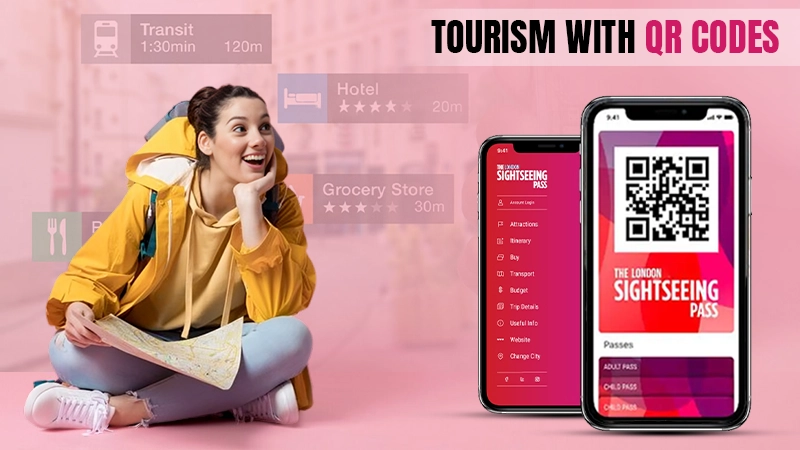Key Takeaways:
- Definitions of digital accessibility
- Ways to make content accessible for all users
- Four principles of digital accessibility
- Role of AI and other technologies in digital accessibility
Computer accessibility has never been more necessary in the increasingly digital and fast-paced world. From business websites and course materials for education purposes to providing equitable access for all your users, this technology is vital in creating a convenient space that everyone can benefit from.
This blog post will examine why digital accessibility matters in today’s fast-paced society, as well as steps organizations, should take to be comprehensive for their online visitors.
What is Digital Accessibility, and Why is It Essential?
Digital accessibility refers to the practice of designing web content that is usable and approachable for those living with disabilities. This is fundamental as it ensures that those with hearing, visual or physical impairments can access online products, services, and content just like everyone else.
With technology constantly advancing, web content has become an ever-growing part of daily life. It overlays platforms and accessibility audit tools that bring greater ease and receptivity than ever. Therefore, it must be accessible to all to avoid discriminating against people with disabilities and create equal opportunities for everyone.
There are some ways to ensure digital accessibility such as using approachable design elements, using alternative texts for images, providing captions and transcripts for videos, making sure of keyboard accessibility, using descriptive links, using assistive technology, etc.
By making digital content more inclusive in this internet era, you can foster an environment in which everyone feels fully included while participating fully in it.
Digital Accessibility’s Huge Impact on People’s Daily Lives
Web technology has revolutionized the world, making life simpler, faster, and more connected than ever before. This approachability has opened exciting new opportunities both professionally and personally around the globe. Individuals living with disabilities now have greater access to digital resources and information, making their lives simpler and more rewarding.
These features like AI-powered smart speakers and online assistants have provided elderly and visually impaired people with greater comfort in daily life. It has revolutionized how people live together – creating an inclusive environment where every individual has equal opportunities in terms of learning, communication, and entertainment.
How to Make Your Website or App Accessible for All Users
Accessibility in the digital age is of utmost importance; yet can often prove challenging even for experienced developers. There are various strategies you can employ to make your website or app more comprehensive for people with disabilities; including using HTML tags correctly, providing alternative text for images or videos, using keyboard-friendly designs, optimizing color contrast settings as well as setting up appropriate keyboarding setups.
By employing such measures, you can ensure an approachable user experience regardless of physical or cognitive ability. Developers must prioritize meeting every user’s needs – including those with disabilities – to foster an inclusive online world in which all individuals thrive. By providing appropriate tools and support services for these people, individuals with disabilities can thrive in today’s digital era.
Four Principles of Digital Accessibility
Four principles of web accessibility are the foundation of convenient web content. Let’s take a look at them.
- Perceivable – The user interface or pieces on the web must be presented well so that it would be detectable and visible to people with any impairment. For example, if a person is blind or partially sighted, the content should be audible or touchable to them.
- Operable – The operation of an application’s interface must have controls like voice commands, etc. So that physically disabled users can also operate it normally.
- Understandable – The website or application should be easy-to-use and not complicate things for users. It should be presented with patterns of use, so the design looks normal and operates.
- Robust – The content must be powerful across a wide variety of technologies and platforms. And should be approachable on different devices.
If any of these principles will not be obeyed, the stuff will be inaccessible to the people.
Artificial Intelligence and Other Technologies Play an Integral Part
Modern life relies heavily on approaching online platforms like the internet; for those living with certain medical conditions, however, this can often prove challenging or even impossible. Thanks to technological innovations, however, this challenge has become easier to navigate than before.
One such innovation is the incorporation of Artificial Intelligence (AI) into web accessibility tools, revolutionizing how individuals with disabilities access online content. AI-powered assistive technologies like screen readers and voice recognition software are game changers in making the web higher inclusive for those living with impairments.
As technology progresses further, extra opportunities will open up allowing individuals with medical conditions to interact with each other, access services more easily, and engage in society more actively than before.






